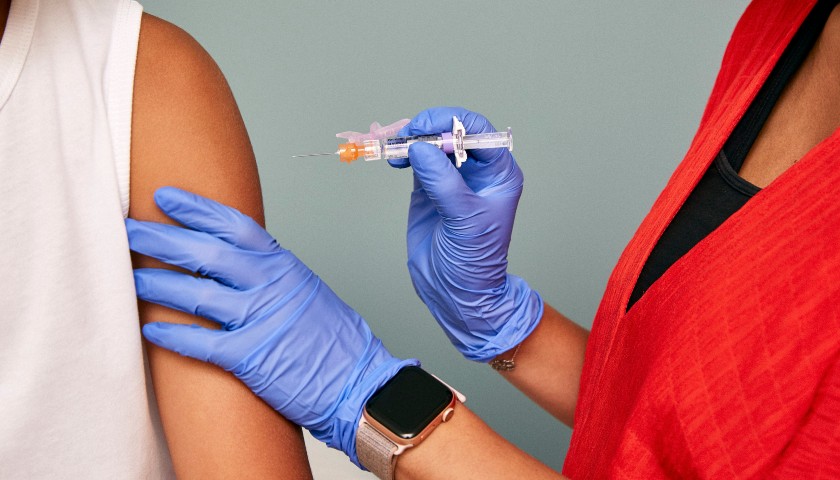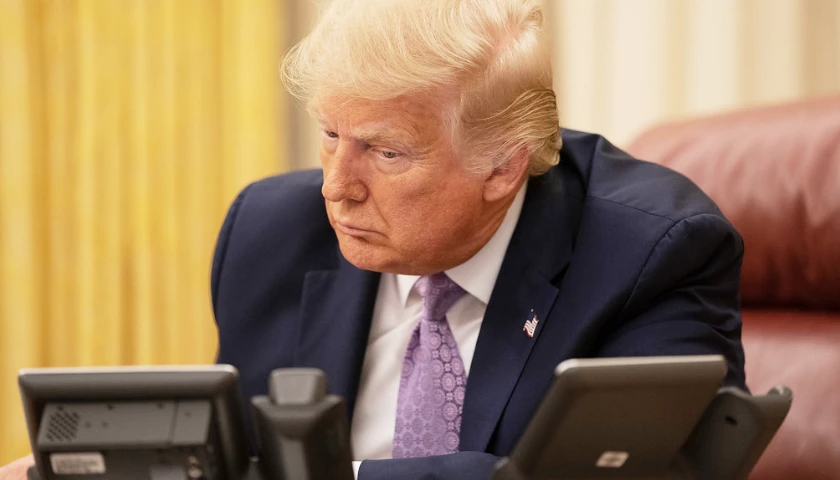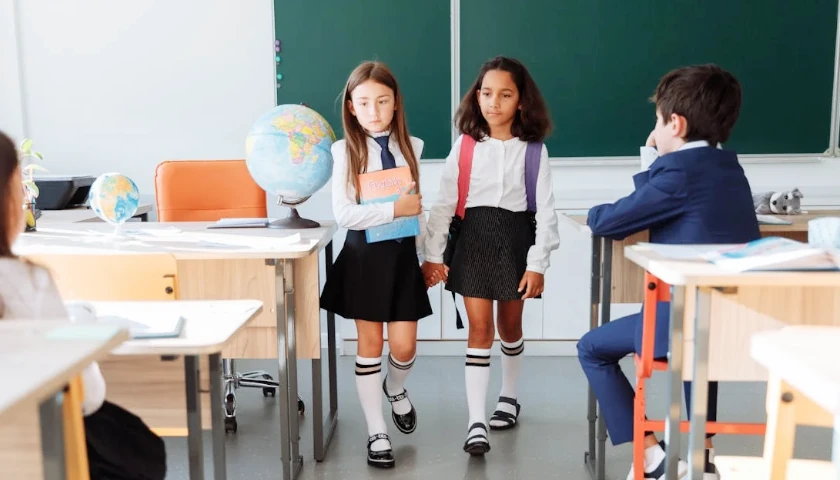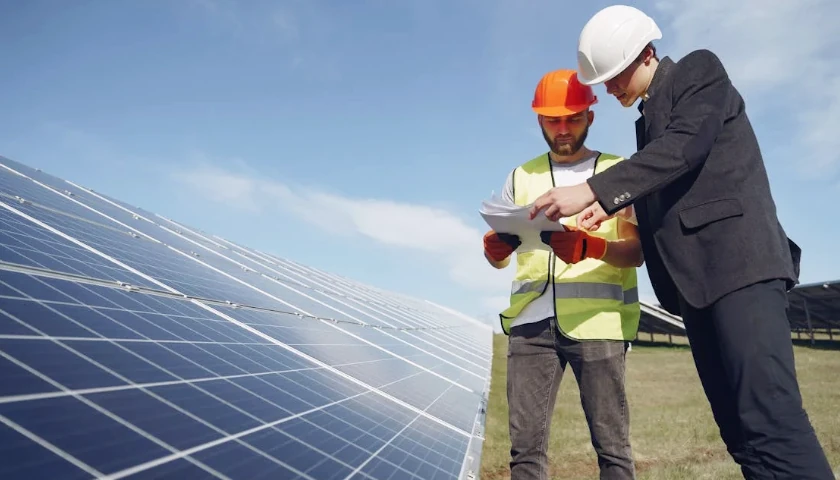by Philip Steele
Few people realize that the Moderna vaccine against COVID-19—which the FDA has finally declared “highly effective,” and which is now being distributed to Americans—has actually been available for nearly a year.
But the government wouldn’t let you take it.
The vaccine, a triumph of medical science known as mRNA-1273, was designed in a single weekend, just two days after Chinese researchers published the virus’s genetic code on January 11, 2020.
For the entire duration of the pandemic, while hundreds of thousands died and the world economy was decimated by lockdowns, this highly effective vaccine has been available.
But you, and all the people who died, were prohibited by the government from taking it.
There are some who claim that the FDA “saves lives” by putting the brakes on medical innovation with their requirements for years-long, and often decades-long, billion-dollar medical trial procedures.
Missing here is the obvious counterpoint—How many lives did the FDA sacrifice to disease in the meantime?
In the case of COVID-19 we know the answer: more than 300,000 deaths so far in the United States and counting.
So why was this vaccine delayed for a full year? Because the FDA prohibited rapid “challenge trials”—where volunteers take the vaccine and then expose themselves to the virus in a lab, rather than waiting agonizing months to see how many catch the virus “in the wild.”
Challenge trials would have proven the vaccine’s effectiveness in a matter of weeks. But the FDA considered the risk to trial volunteers too high.
But why? Why are hundreds of thousands of “natural” deaths from a rampaging disease considered acceptable to the FDA—while the remote possibility of one or two deaths, in the absolute worst case scenario, among well-informed vaccine-testing volunteers are not?
There is no rational answer. The tragic truth is that we are ruled by a cowardly medical bureaucracy, one that would rather allow hundreds of thousands of people to die than face any potential criticism for allowing an accelerated vaccine trial.
By contrast, in a free society, immediately after the vaccine was created, volunteers would have been allowed to participate in challenge trials. The trials would have been conducted either by the vaccine company itself, or more likely by third-party medical-trial specialists, to remove any concerns about bias in the results.
The first small group of volunteers would be vaccinated, and then exposed to the virus. If the vaccine appeared to be safe and effective, then a larger group would be vaccinated.
As each challenge group proved successful, the number of volunteers for the next group would grow. Week by week the challenge groups would grow larger, until after just a few months—instead of taking nearly a year by the FDA’s “in the wild” method—the results would be definitive and the trials complete.
This means that in March or April of 2020—instead of the first wave of COVID deaths and lockdowns in the United States—we could have seen a wide vaccine rollout, leading to rapid herd immunity, nipping the pandemic in the bud.
But that path would have been possible only in a free society.
Instead, we have the FDA, backed by government force, dictating medical policy and drawing out the trial process for nearly a year, while death and economic destruction reign.
A free society, by contrast, would have a minimal government—one which leaves its people at liberty and which only exists to protect their rights against physical force and fraud.
Such a government would have no FDA slowing down medical progress. Pharmaceutical companies would be free to invent new treatments as rapidly as possible, and consumers would be free to voluntarily test them—while being protected by civil and criminal penalties aimed at any company who caused harm or perpetrated a fraud.
No foot-dragging, self-protecting, innovation-slowing bureaucracy is required.
It’s almost a tautology, but worth observing in this context: People, if left free, will by definition act in ways that they think best. If they had been allowed to do what they thought best, free private volunteers would have proven the safety and efficacy of the Moderna vaccine by as early as April 2020, ending the pandemic.
On the other hand, a government—an entity defined by its monopoly on the use of force—can only interfere with the free action of people. It can only prevent individuals from doing what they think best, and/or force individuals to do what they think is not best.
In the case of the COVID-19 pandemic, the government did both: (a) It used force, via the FDA, to prevent people from voluntarily taking a highly effective vaccine that existed since the start of the pandemic; and (b) it forced people to take actions which they did not think best—such as closing their businesses.
As a result, the economy was devastated in ways that will take years, if not decades, to recover from, and hundreds of thousands of Americans were told to sit, wait, and die.
– – –
Philip Steele is a California writer and teacher whose work has appeared in Reason, The Freeman, The Miami Herald, The Orange County Register, and many other international newspapers and magazines.




